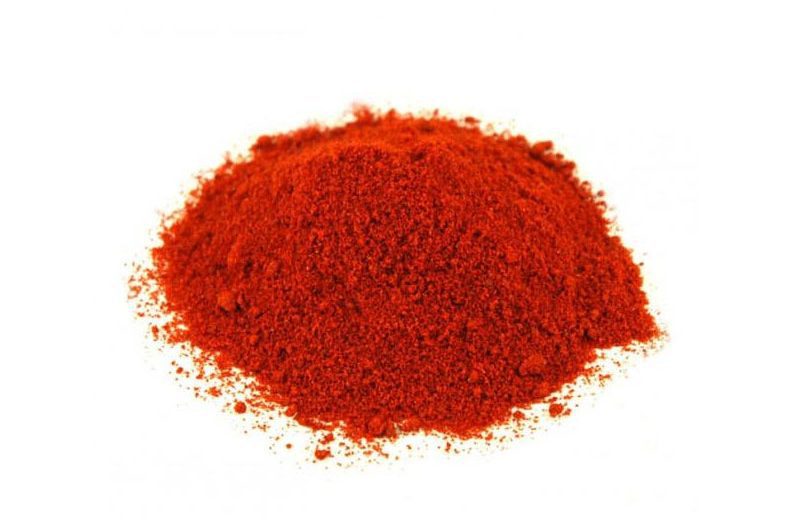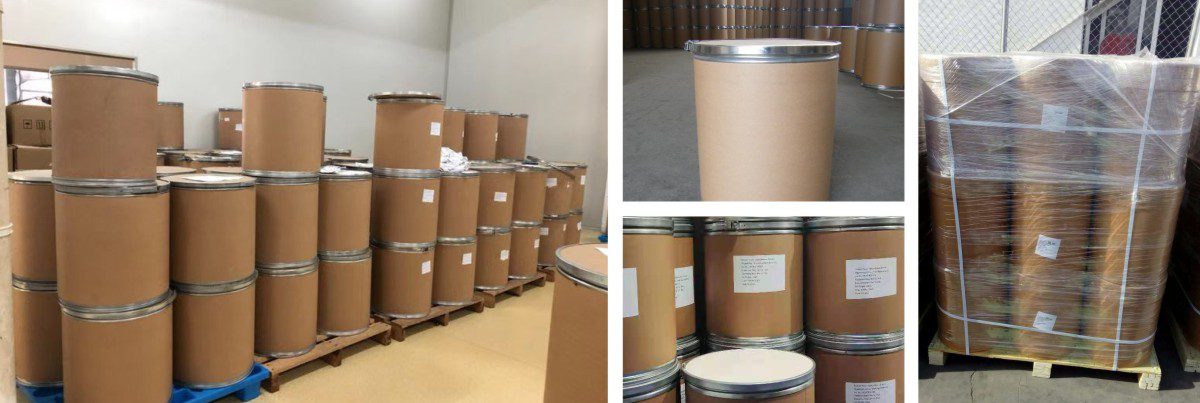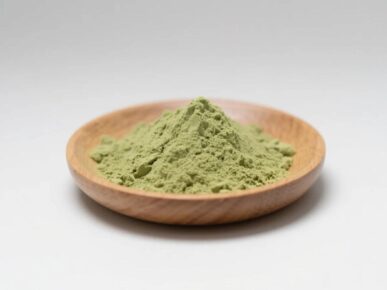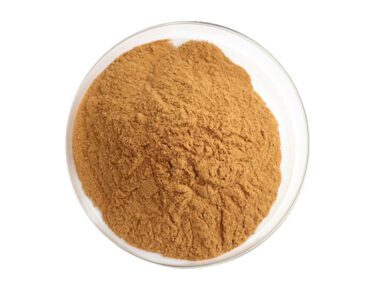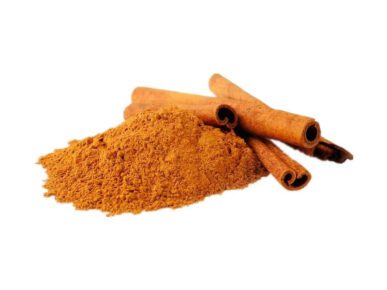The chili pepper (also chile pepper or chili pepper, from Nahuatl chīlli [ˈt͡ʃiːli]) is the fruit of plants from the genus Capsicum, members of the nightshade family, Solanaceae. In Australia, Britain, India, Ireland, New Zealand, Pakistan, South Africa, and other Asian countries, it is usually known simply as chili. The substances that give chili peppers their intensity when ingested or applied topically are capsaicin and several related chemicals, collectively called capsaicinoids.
Chili peppers originated in Mexico. After the Columbian Exchange, many cultivars of chili pepper spread across the world, used in both food and medicine. Chilies were brought to Asia by Portuguese navigators during the 16th century.
Worldwide, some 3.8 million hectares (about 9.4 million acres) of land produce 33 million tons of chili peppers (2010 data). India is the world’s biggest producer, consumer, and exporter of chili peppers. Guntur in the South Indian state of Andhra Pradesh produces 30% of all the chilies produced in India. Andhra Pradesh as a whole contributes 75% of India’s chili exports.
Capsaicin is an active component of chili peppers, which are plants belonging to the genus Capsicum. It is an irritant for mammals, including humans, and produces a sensation of burning in any tissue with which it comes into contact. Capsaicin and several related compounds are called capsaicinoids and are produced as secondary metabolites by chili peppers, probably as deterrents against certain mammals and fungi. Pure capsaicin is a volatile, hydrophobic, colorless, odorless, crystalline to waxy compound.
